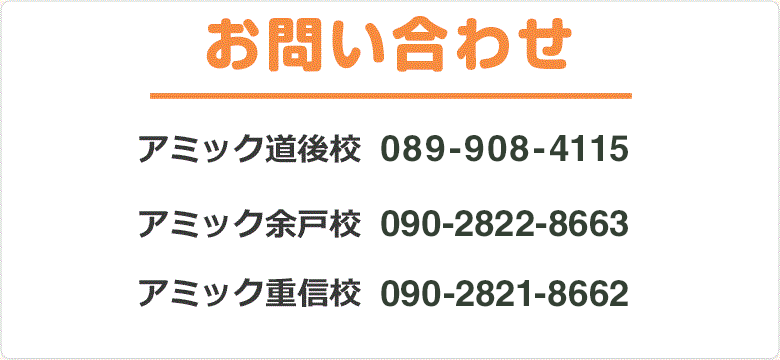英会話・英語 アミック Hay fever
2017/04/15
Hay fever is a common condition that shows signs and symptoms similar to a cold with sneezing, congestion, runny nose and sinus pressures.
Hay fever is caused by an allergic response to airborne substances, such as pollen – unlike a cold which is caused by a virus.
The time of year in which you get hay fever depends on what airborne substance you are allergic to.
The substance that causes an allergic reaction in hay fever is called an “allergen”. For the majority of people, those who do not get hay fever, these substances are not allergens, because their immune system does not react to them.
What causes hay fever?
Hay fever occurs when the immune system mistakes a harmless airborne substance as a threat. As your body thinks the substance is harmful it produces an antibody called immunoglobulin E to attack it. It then releases the chemical histamine which causes the symptoms.
There are seasonal hay fever triggers which include pollen and spores that will only cause symptoms during certain months of the year.
The following are some examples of hay fever triggers:
Tree pollen – these tend to affect people in the spring.
Grass pollen – these tend to affect people later on in the spring and also in the summer.
Weed pollen – these are more common during autumn (fall).
Fungi and mold spores – these are more common when the weather is warm.












